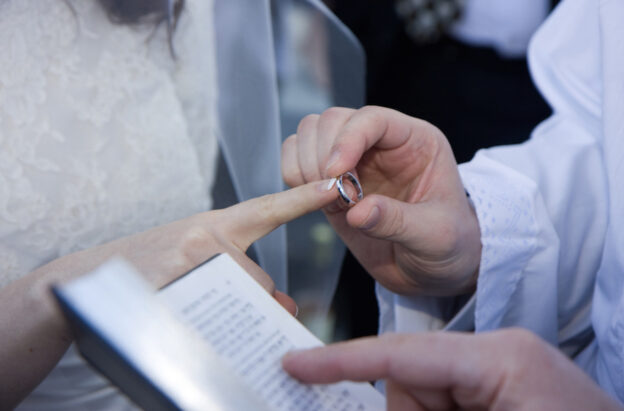In contrast to Pesach’s matzos and Sukkos’ sukkos and arba minim, Shavuos is unique among the Shalosh Regalim for its lack of any positive ritual-commandment.
That may have to do with the holiday’s association with Mattan Torah.
Because that experience involved no particular action; it was, in a sense, the very essence of passivity, the acceptance of Hashem’s Torah and His will. Hashem was the actor; our ancestors’ response was to receive, to submit to the Creator.
Mattan Torah is famously compared by various Midrashim to a wedding, with Hashem the groom and His people the bride. (Many chasunah minhagim reflect that metaphor: the chuppah recalls the mountain held over the Jews’ heads; the candles, the lightning; the breaking of the glass, the shattering of the luchos.)
And just as a Jewish marriage is legally effected in the kallah’s simple choice to accept the wedding ring or other gift the groom offers, so did Klal Yisrael at Har Sinai create its eternal bond with the Creator by accepting His gift of gifts.
And so, a positive, active mitzvah for the day would arguably be in dissonance with the day’s central theme of receptivity.
Shavuos’ identification with our collective identity as a symbolic bride, moreover, may well have something to do, too, with the fact that the holiday’s hero is… a heroine: Rus, whose story not only concerns her own wholehearted acceptance of the Torah but culminates in her own marriage.
It isn’t fashionable these days to celebrate passivity or submission, even in those words’ most basic and positive senses. But Judaism, unlike fashion, is eternal.
© 2021 Rabbi Avi Shafran
